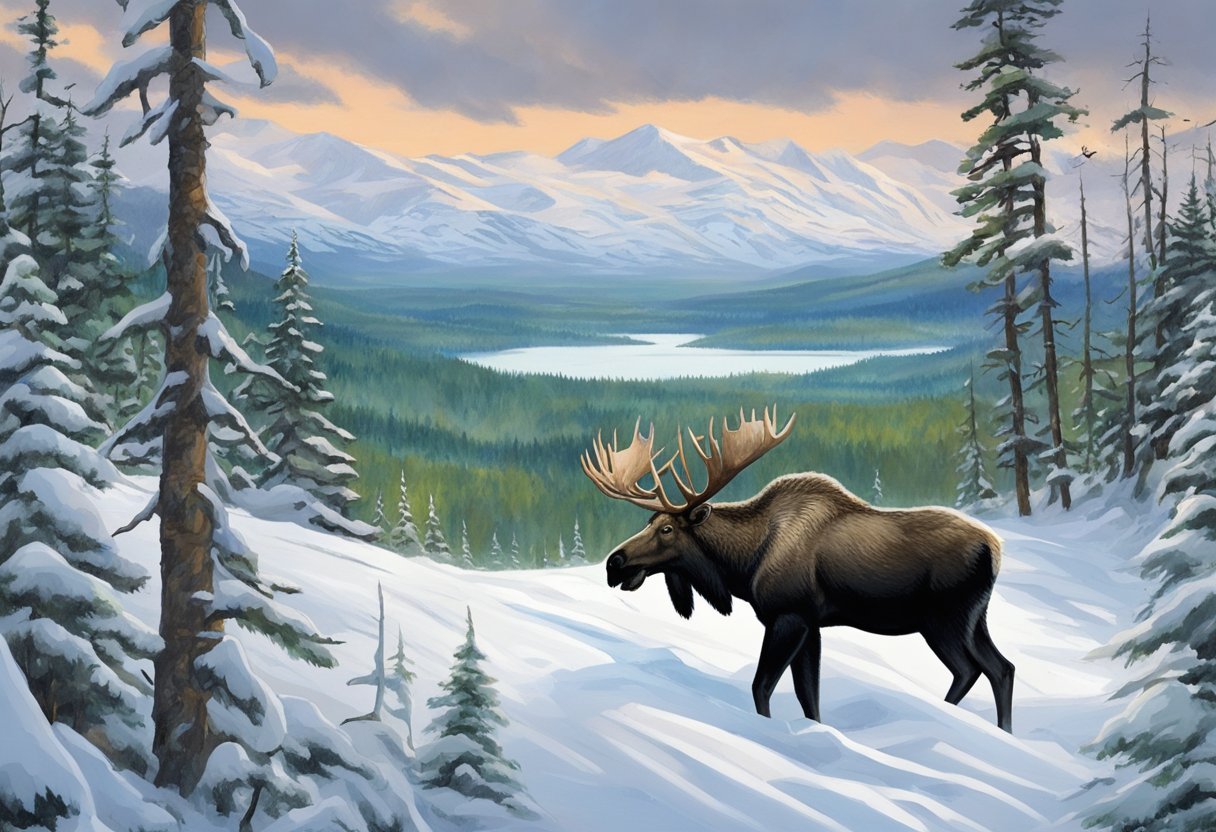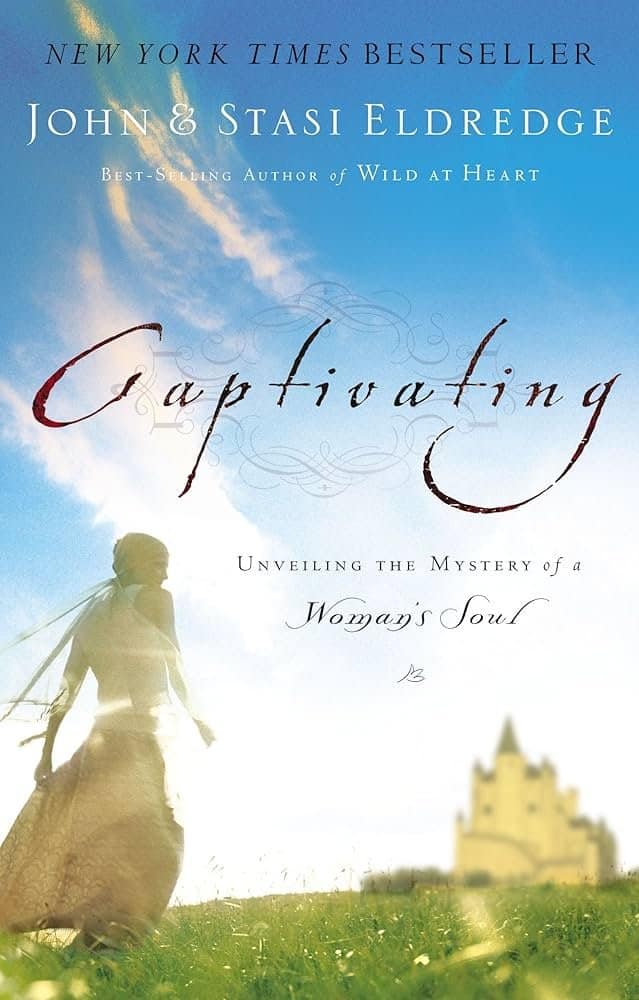Moose shed their antlers annually during the winter months. Antlers fall off due to changes in hormone levels.
As one of the largest species of North American deer, the moose captures the imagination of many with its imposing size and impressive antlers. Each year, these majestic animals undergo a natural process of shedding their antlers, providing insights into their life cycle and survival strategies.
Understanding how moose shed their antlers sheds light on the intricate dynamics of these creatures’ physiology and behavior. By delving into this fascinating phenomenon, we can appreciate the resilience and adaptability of moose in the wild. Join us on a journey to explore the wonders of nature as we uncover the mystery behind the annual shedding of moose antlers.
The Moose Antler
The majestic moose is known for its impressive set of antlers, which play a crucial role in its survival and behavior.
Anatomy Of The Moose Antler
Moose antlers are composed of bone-like tissue covered in a velvet-like material, which supplies blood to help their growth.
Functions Of Moose Antlers
The primary function of moose antlers is for males to compete during the mating season, establishing dominance and attracting females.
Antler Growth
Antler growth in moose is a fascinating and vital process that plays a significant role in their survival and reproduction.
Annual Antler Growth Cycle
Moose antlers go through a yearly cycle of growth, shedding, and regrowth, closely linked to seasonal changes.
- Spring: New antler growth begins, fueled by high levels of testosterone.
- Summer: Antlers continue to grow rapidly, encased in a velvety skin that supplies nutrients.
- Fall: Antlers harden as testosterone levels drop, preparing for mating season.
- Winter: Antlers are shed to conserve energy during the harsh winter months.
Factors Influencing Antler Growth
Several factors impact the growth and development of moose antlers, determining their size and shape.
- Genetics: Genetics play a crucial role in determining the potential size and symmetry of antlers.
- Nutrition: Adequate food sources with essential minerals and nutrients promote healthy antler growth.
- Age: Older moose typically have larger and more complex antlers due to years of growth.
- Hormones: Testosterone levels fluctuate throughout the year, influencing antler growth stages.
Shedding Process
Understanding the shedding process of moose antlers can bring insight into the life cycle of these majestic creatures. The shedding process is a fascinating natural occurrence that can impart valuable knowledge about moose behavior and biology.
Signs And Triggers Of Shedding
Several signs and triggers indicate that a moose is about to shed their antlers. In preparation for shedding, moose may display signs such as decreased social activity, restlessness, or rubbing their antlers against trees and shrubs. Additionally, changes in hormone levels, particularly the decrease in testosterone, serve as triggers for antler shedding.
The Shedding Process
The shedding process, also known as antler casting, begins with the formation of a specialized layer of tissue called the “abscission layer” at the base of the antlers. This layer gradually weakens and eventually severs the connection between the antlers and the moose’s skull. Once the abscission layer is fully developed, moose can efficiently shed their antlers in a matter of hours.

Credit: www.amazon.com
Ecological Significance
Moose shed their antlers annually, a natural process vital for the ecological balance. Shed antlers provide a rich source of nutrients for smaller animals and aid in the decomposition of vegetation in the forest, contributing to the ecosystem’s overall health and sustainability.
Role Of Shed Antlers In Ecosystem
Understanding the ecological significance of how moose shed their antlers reveals the vital role these impressive creatures play in maintaining a balanced and thriving ecosystem. The shedding process is a natural part of a moose’s life cycle, providing numerous benefits to the environment and the other species that call it home.
Economic And Cultural Impact
The economic and cultural impact of moose antler shedding goes far beyond the boundaries of the ecosystem. These magnificent antlers, once shed, hold immense value in various industries and traditions, further highlighting their significance to humans.
Here are some key points to consider:
• Ecotourism Opportunities
Moose antlers serve as drawcards for ecotourism ventures, attracting wildlife enthusiasts and photographers eager to witness these majestic animals in action. While observing the moose’s natural behavior, tourists can witness the shedding of antlers, adding to the unique experiences offered by nature-based tourism.
• Nutrient Cycling
The act of shedding antlers contributes to nutrient cycling in the ecosystem. As the antlers fall to the ground, they decompose and release valuable nutrients back into the soil. This recycling process enhances the fertility of the land, benefiting plants and other organisms within the ecosystem.
• Habitat Enhancement
The shedding of antlers carries an undeniable impact on the moose’s habitat. As the antlers drop, they create small depressions in the forest floor. These depressions serve as microhabitats for various insects, rodents, and birds. The presence of these creatures helps balance the ecosystem by serving as important food sources for predators and enhancing biodiversity.
• Enhanced Genetics
Antler shedding plays a vital role in moose population dynamics and natural selection. The shedding process allows for the growth of new antlers, often larger and more robust, which gives an advantage to the individual moose during the mating season. This process contributes to the overall health and genetic diversity of the population.
• Cultural Significance
Moose antlers hold cultural significance for many indigenous communities around the world. These antlers have been used for centuries in traditional ceremonies, artwork, and tool making. The act of shedding symbolizes renewal, growth, and the cycle of life, reinforcing the strong connection between humans and nature.
In conclusion, the ecological significance of moose antler shedding expands beyond the boundaries of the ecosystem, involving economic and cultural impacts. By understanding and appreciating this natural phenomenon, we can better appreciate the intricate balance of nature and the importance of preserving the diverse species that contribute to it.
Conservation And Management
Conservation and management play a vital role in ensuring the well-being of moose populations and their unique antler shedding process. With a focus on sustainability and the preservation of these majestic creatures, regulations on antler harvesting and various conservation initiatives are in place. Let’s delve into these aspects to better understand how conservation efforts contribute to the natural cycle of moose antler shedding.
Regulations On Antler Harvesting
Antlers, a defining characteristic of male moose, are shed annually and serve various purposes, including mating displays and combat. While antlers may seem intriguing to collect, regulations are necessary to maintain balance within the ecosystem. State and provincial wildlife agencies have implemented strict guidelines to prevent overharvesting and protect moose populations.
Here are some key regulations related to antler harvesting:
- Seasonal Restrictions: Timelines are established to prohibit antler collection during sensitive periods, such as the mating season or when moose are particularly vulnerable.
- Licensing Requirements: Special licenses or permits are necessary to ensure only individuals with proper knowledge and expertise participate in antler harvesting.
- Bag Limits: A maximum number of antlers that can be collected by an individual is set to prevent excessive exploitation.
- Size Restrictions: Minimum size requirements are imposed to allow young and growing moose the chance to mature.
Conservation Initiatives
Recognizing the importance of conserving moose populations and their antler shedding process, numerous initiatives have been implemented to ensure the sustainability of these magnificent creatures.
Some notable conservation initiatives are:
- Habitat Preservation: Protecting moose habitats from excessive human encroachment helps maintain suitable environments for moose to thrive.
- Population Monitoring: Regular monitoring and research provide insights into moose populations, helping experts make informed conservation decisions.
- Education and Awareness: Public awareness campaigns emphasize the importance of preserving these creatures and their natural cycles, fostering a sense of responsibility among communities.
- Community Involvement: Engaging local communities and encouraging their participation in conservation efforts ensures collective responsibility for moose population management.
Through these conservation initiatives, the shedding of moose antlers, a captivating phenomenon, can be appreciated while safeguarding the long-term welfare of these magnificent animals.

Credit: www.amazon.com

Credit: discover.texasrealfood.com
Frequently Asked Questions Of How Do Moose Shed Their Antlers
How Often Do Moose Shed Their Antlers?
Moose shed their antlers annually, typically in late fall or early winter. The process starts with a decrease in testosterone levels, triggering the antlers to loosen and eventually fall off. Shedding allows moose to grow new antlers every year, which are larger and stronger than the previous ones.
What Is The Purpose Of Moose Shedding Their Antlers?
The shedding of antlers in moose serves several purposes. It helps moose conserve energy during the winter months, as antlers are heavy and require a lot of nutrition to maintain. Shedding also allows moose to grow larger and stronger antlers for the next mating season, which they use for displays of dominance and attracting mates.
Are Moose Antlers Heavy?
Moose antlers can be incredibly heavy, especially for adult males. Depending on the age and overall health of the moose, antlers can weigh anywhere from 30 to 40 pounds (13 to 18 kilograms). The weight of the antlers is mainly due to the bony structure and the extensive network of blood vessels and nerves that support their growth.
Do Female Moose Shed Their Antlers?
No, female moose do not shed their antlers. Only male moose, or bulls, shed their antlers annually. Female moose, or cows, do not grow antlers at any point in their lives. Shedding and regrowing antlers is an exclusive characteristic of male moose and is closely linked to their reproductive behavior.
Conclusion
It’s fascinating how moose shed their antlers. Understanding the process is vital for wildlife conservation. Now, you comprehend the shedding cycle and its significance for the moose population. This knowledge deepens our appreciation for these magnificent creatures and their natural behaviors.
Keep exploring the wonders of the animal kingdom!



